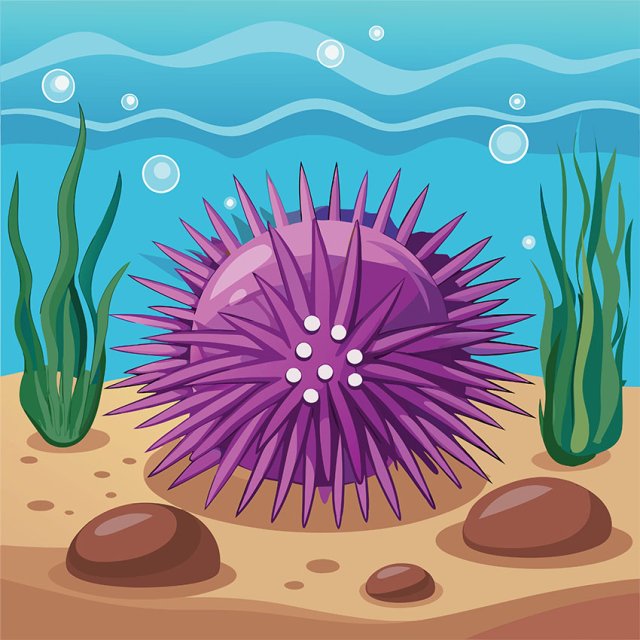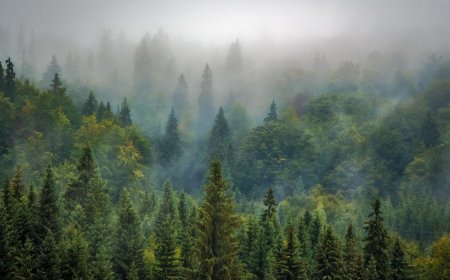Oceans for Kids: Fun Facts, Zones, and Why They Matter
Explore the oceans in this kid-friendly guide. Learn about ocean zones, marine animals, and why oceans are so important to life on Earth.

🌊🐬 Oceans: The Blue Heart of Our Planet
🌼 Introduction
Oceans are vast bodies of salt water that cover more than 70% of Earth’s surface. They provide food, control the climate, produce oxygen, and are home to millions of plants and animals. Oceans connect all continents and have been explored by humans for thousands of years.
In this article, you’ll learn what oceans are, how they were formed, what lives in them, and why they are essential for life on Earth.
🧬 What Is an Ocean?
An ocean is a large body of salt water that surrounds continents.
Main Features:
-
Salty water, containing about 3.5% salt.
-
Divided into five main oceans:
- Pacific Ocean
- Atlantic Ocean
- Indian Ocean
- Southern Ocean
- Arctic Ocean
-
Contains ocean currents that move water around the globe.
Oceans hold 97% of Earth’s water.
🌍 The Five Oceans
1. Pacific Ocean
- The largest and deepest ocean.
- Home to the Mariana Trench, the deepest place on Earth.
2. Atlantic Ocean
- Second largest.
- Separates the Americas from Europe and Africa.
3. Indian Ocean
- Warmest ocean.
- Bordered by Africa, Asia, and Australia.
4. Southern Ocean
- Surrounds Antarctica.
- Cold and icy.
5. Arctic Ocean
- Smallest and shallowest.
- Covered by sea ice for much of the year.
🌊 Zones of the Ocean
Oceans have different zones based on depth and light:
-
Sunlight Zone (Epipelagic)
- Top layer where sunlight reaches.
- Home to most fish, dolphins, and coral reefs.
-
Twilight Zone (Mesopelagic)
- Less light.
- Animals like squid and lanternfish.
-
Midnight Zone (Bathypelagic)
- No sunlight.
- Weird creatures like anglerfish.
-
Abyss
- Near the ocean floor.
- Very cold and high pressure.
-
Trenches
- Deepest parts of the ocean.
🌿 Plants and Animals of the Oceans
Oceans are filled with life:
Plants and Algae:
- Phytoplankton (tiny plants that make oxygen)
- Seaweed
- Kelp forests
Animals:
- Fish (clownfish, tuna, sharks)
- Mammals (whales, dolphins, seals)
- Reptiles (sea turtles)
- Birds (albatrosses, penguins)
- Invertebrates (jellyfish, octopuses, coral)
🌦️ Why Are Oceans Important?
Oceans are sometimes called “the blue lungs of Earth” because they:
- Produce over half of the world’s oxygen.
- Absorb carbon dioxide, slowing climate change.
- Provide food for billions of people.
- Control the climate through currents and weather patterns.
- Support biodiversity with countless species.
🛑 Threats to Oceans
Oceans face serious problems:
- Pollution (plastic, oil spills, chemicals)
- Overfishing (taking too many fish)
- Climate change (warming oceans and acidification)
- Coral bleaching (when reefs lose their color and die)
These threats harm animals and people alike.
🌱 How Can We Help?
We can protect oceans by:
- Using less plastic and recycling.
- Eating sustainable seafood.
- Reducing pollution by picking up trash.
- Learning about marine life.
- Supporting ocean conservation groups.
✨ Interesting Facts About Oceans
- The Pacific Ocean is bigger than all land combined.
- The Mariana Trench is over 36,000 feet deep.
- Oceans hold about 352 quintillion gallons of water.
- The blue whale, the largest animal ever, lives in the ocean.
- Coral reefs are called “the rainforests of the sea.”
- Only about 5% of the ocean has been explored.
- Oceans produce more oxygen than rainforests.
📝 Kid-Friendly Summary
Oceans are giant saltwater bodies that cover most of Earth. They are home to whales, fish, coral reefs, and many more living things. Oceans make oxygen, control the weather, and give us food. But they face problems like pollution and overfishing. We can help by protecting them and learning more about their importance.
🧠 Vocabulary Words
| Word | Definition |
|---|---|
| Ocean | A large body of salt water covering much of Earth. |
| Phytoplankton | Tiny ocean plants that make oxygen. |
| Coral Reef | A structure made of coral where many animals live. |
| Overfishing | Catching too many fish faster than they can reproduce. |
| Acidification | When oceans absorb carbon dioxide and become more acidic. |
| Biodiversity | The variety of living things in an environment. |
| Trenches | The deepest parts of the ocean floor. |
| Currents | Large movements of ocean water. |
| Marine | Related to the sea. |
| Sustainable | Using resources in a way that does not harm the future. |




















































